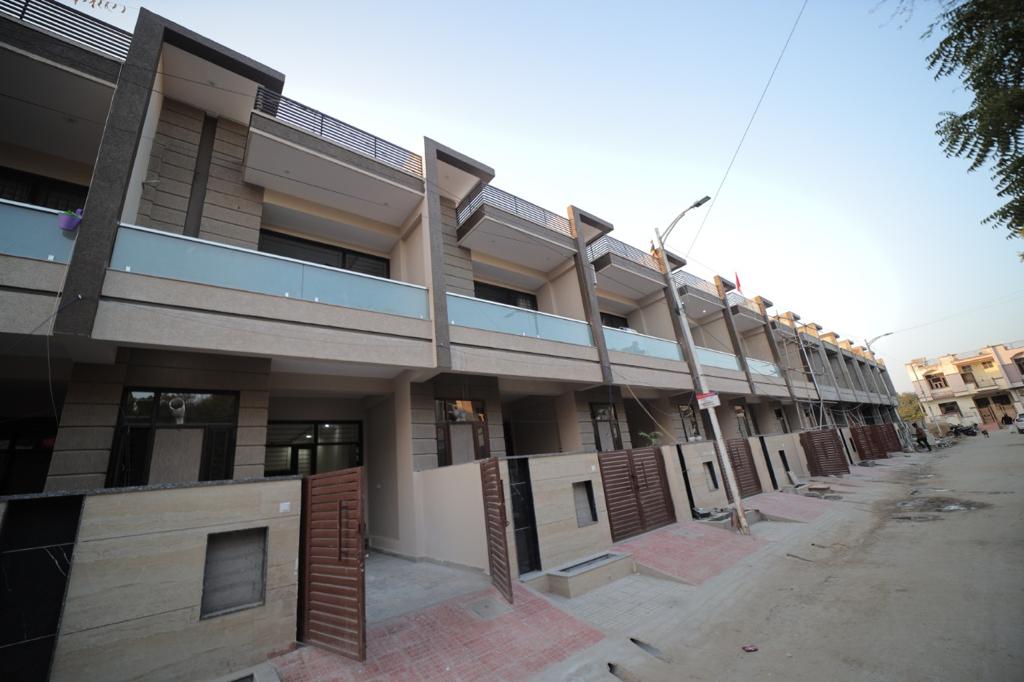- FORUM
- PROJECTS
- ABOUT US
- RESOURCES
- CONTACT US
- FORUM
- PROJECTS
- ABOUT US
- RESOURCES
- CONTACT US
Indian society as Dhurjati Prasad Mukerji (D. P.) envisages is the result of the interaction between tradition and modernity. The encounter of tradition with modernization created certain cultural contradictions, adaptations and in some cases situations of conflict
Indian traditions are the resultants of certain historical processes. They actually construct the structure of Indian culture. These traditions belong to several ideologies such as Buddhism, Islam, Christianity, tribals and western modernity.
Dhirendra Nath Majumdar (1903-1960) says that Life is a process of adjustment and in its unfolding, it has thrown out individuals who are misfit and the latter have both helped and hindered cultural progress; the misfits are misfits in the context of a dynamic setting, and if only, the misfits could be fitted into the structure of life, the process that is life will continue to unfold itself, adjust and march as to man’s destiny through an integration and synthesis that constitute the core of the dynamics of culture change and culture crises.
A K Desai thinks that when traditions are linked with economic relations, the change in the latter would eventually change the traditions. It is in this context that he thinks that caste will disintegrate with the creation of new social and material conditions, such as industries, economic freedom, education, etc. His definition of tradition is a watershed. He does not trace it from caste, religion and ritual.
Tradition has a tendency to become entropic and inward looking. This is true of many local level traditions and sub traditions are stamped out and disappear without leaving much of a trace. Modernity, however, means different things in the North India and the South India. Thus modernity indicates a type of society that is more developed relative to other societies.
Neighbourhoods: Traditional and Modern
In Sociology, neighbourhood is a localities in urban areas which are characterized by a common sense of identity and usually a common life style.
Traditional neighbourhoods denote old parts of the city. In many American studies, these parts are referred to as ‘inner city areas.’ Immigrant population with low quality of amenities and dilapidated or deteriorating housing conditions, no governmental investment, marks these localities. As the city grows the lower middle classes move out of the inner city areas and the new immigrants move in theses dwellings with low rent. Architecturally, inner city areas show traditional styles and forms of using space. They facilitate older styles of interactions and social networks.
Middle classes and the rich population on the other hand inhabit outer city areas. These localities have more amenities, large plots of land, more services and are scarcely populated. These are more modern neighbourhoods with up-market styles and forms of spatial use. In some cities the traditional neighbourhoods have been preserved as architectural heritage sites.
Aspects of Modernity
Some aspects of modernity include:
- emergence of nation-state and nationhood
- industrialisation and capitalism
- democracy nincreasing influence of science and technology
- the phenomena of urbanisation
- expansion of mass media
There are, however, other defining characteristics of modernity which include disenchantment with the world
- Secularisation
- Rationalisation
- Commodification
- Mass society
Giddens Modernity
Giddens position conflicts with the contention that society has entered into a post modern world. Thus modernity witnesses tremendous increases in the scope, pace and depth of change relative to systems that preceded it. Further the path or trajectory of change is not linear, going forward step by step. For Giddens modernity implies
- capitalism
- industrialism
- surveillance programs and activities
- military power
Giddens theory of structuration and its basic components adequately describe modernity. These elements are:
- distanciation, or separation in of time and space
- disembedding
- reflexivity
Register & Download PDF for Educational Purposes Only
Socio-Economic base for Planning Study notes for M. plan Sem-I

Socio-Economic base for Planning.pdf
Socio-Economic base for Planning-2.pdf
Register as member and login to download attachment [pdf] by right-click the pdf link and Select “Save link as” use for Educational Purposes Only
Disclaimer
Information on this site is purely for education purpose. The materials used and displayed on the Sites, including text, photographs, graphics, illustrations and artwork, video, music and sound, and names, logos, IS Codes, are copyrighted items of respective owners. Front Desk is not responsible and liable for information shared above.
